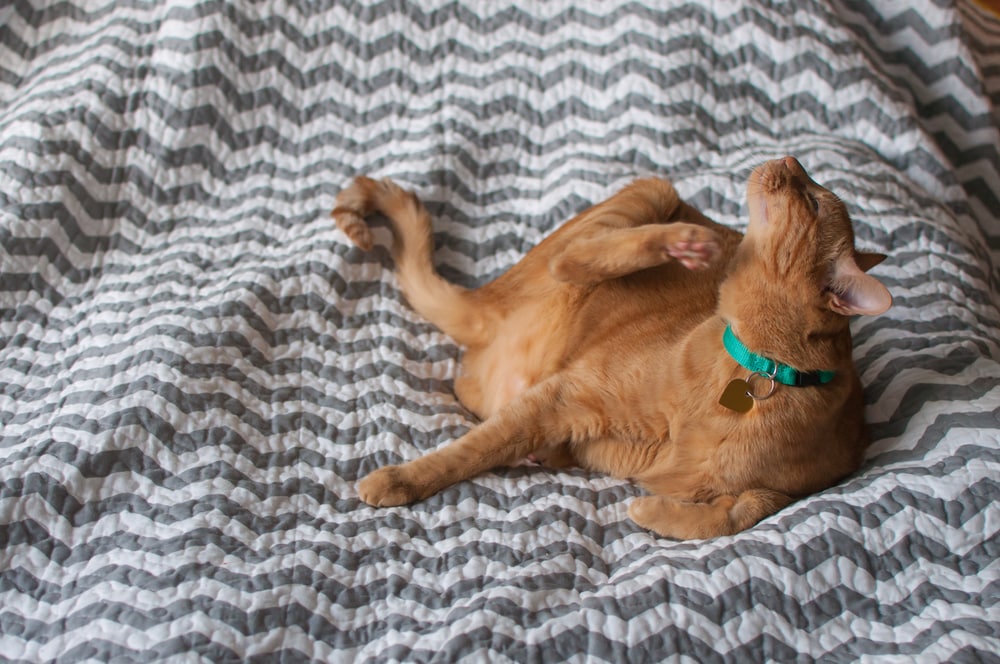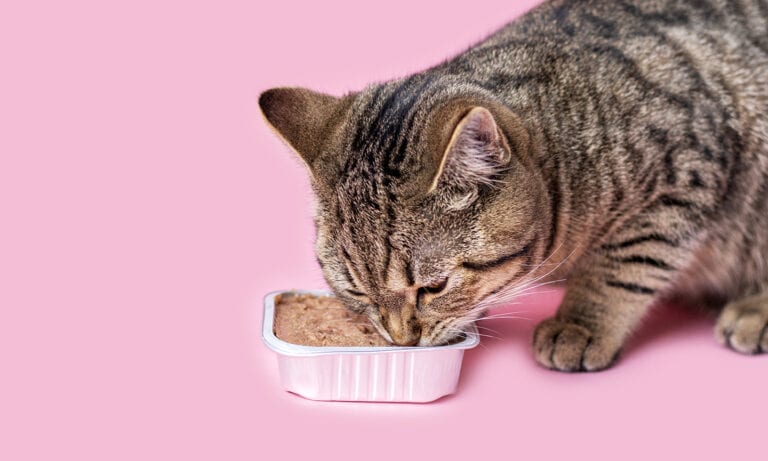Q:
I have an 8-year-old feral cat that I rescued. He’s extremely sensitive and nervous, but he’s OK around me. He’s 99% indoor, but I do let him outside maybe once a week. In the last four months, he’s been grooming more than normal and scratching. He has dandruff, but no redness, bumps or discoloration on his skin. The last few months, his hair has thinned along his back sides, and his hind quarters are almost bare in some spots.
I don’t know if this is some type of allergy or a nervous condition because I’m around all the time now. I was away for two weeks and had an acquaintance watch him in my apartment while I was gone. I’ve brought new things into the apartment, including three old Persian rugs from a store that closed and wonder if he could have an allergic reaction to the rugs. I haven’t changed his diet. My other cat is fine.
A:
Hair loss is a common problem in cats, and there are many potential causes.
Hair loss can be divided into two broad categories: spontaneous vs. self-inflicted. Spontaneous hair loss (i.e. the hair is falling out) is often a result of systemic diseases, especially glandular disorders. This is common in dogs, but uncommon in cats. Self-inflicted hair loss is more common in cats. Cats lick, bite or pull their hair out either because their skin is itchy, or for a variety of psychological reasons. I suspect your cat is pulling the hair out because you mention that he’s been scratching.
Numerous things cause itchy skin, with parasitic infestations, fungal infections, and hypersensitivities/allergies being common reasons.
Flea infestation commonly causes feline hair loss. I’d have your cat checked for fleas because you let him out once a week.
Ringworm is a skin fungus that may cause hair loss. Any age, sex or breed of cat may be affected. Ringworm’s itchiness varies, however, one should consider it on the list of itch-inducing skin disorders. The itching may occasionally result in self-induced hair loss.
Hypersensitivities/allergies are a common reason why cats overgroom and pull out their fur. Flea allergy, food allergy, and atopy (allergy to airborne substances) are three common causes of allergy in cats. Fleas deposit saliva into the skin when they bite, and allergic cats may show a severe reaction, even from one bite. Itching can be intense, and cats may lick and chew excessively at their skin, especially around the tail base.
Adverse reactions to food may manifest themselves via the skin. Severe generalized itching, widespread small scabs and crusts (called “miliary dermatitis”), itching around the head, neck, ears and face, and self-inflicted hair loss due to overgrooming may be seen. Allergies to airborne substances such as pollens or dust can lead to itching and subsequent excessive grooming and hair loss.
Psychological disturbances are a common cause of self-inflicted hair loss. Some cats pull, chew, or excessively groom their fur even though their skin does not itch. This may be a manifestation of stress or anxiety. Stress should be considered since you’ve been away for two weeks; your cat may have found this stressful.
Making the diagnosis in cases of hair loss requires detective work. Parasitic infestations are diagnosed by carefully inspecting the skin for parasites (such as fleas), performing skin scrapings, and microscopic examination to look for mites. Flea problems should be suspected if fleas or flea dirt is noted during the exam. Even if fleas are absent, flea allergy can be involved. Cat flea treatment can then be determined.
A definitive diagnosis of ringworm is achieved through fungal culture.
Itching, especially around the head and face, is a common manifestation of food allergy. however, there are many cats whose only sign of food allergy is self-induced hair loss. A dietary elimination trial, in which the cat is fed a diet containing a protein source it hasn’t encountered before (such as duck, rabbit or venison), is necessary to obtain a definitive diagnosis. Talk to your vet about this.
Atopy – allergies to inhaled substances – can be challenging to diagnose. Seasonal signs are suggestive of atopy, although signs can be seen all year round. Intradermal skin testing (usually performed by an experienced veterinary dermatologist), in which tiny amounts of allergenic substances are injected into the skin, is a more meaningful test. Dust mites, molds and seasonal pollens are the most common airborne allergens. Once parasites, allergies and other medical problems have been ruled out, psychogenic alopecia – hair chewing and overgrooming due to psychological factors such as stress or anxiety – must be considered.
Treatment of hair loss depends on the cause. Flea infestation is easily remedied with veterinary-approved once-a-month topical flea control products. These products should be obtained only through your veterinarian. Cats with severe inflammation may experience some relief with a short course of oral corticosteroids and/or antihistamines.
Ringworm treatment may involve some combination of clipping the coat, medicated shampoos, oral medication, and environmental decontamination. Treatment is often successful if clients are diligent about following the prescribed protocols.
Cats diagnosed with food allergy should be fed a hypoallergenic diet, i.e. a diet containing a novel protein source. Diets designed for this purpose are available from most veterinarians.
The ideal treatment of an airborne allergy is identification and avoidance of the offending allergen. Often, this is not possible, especially in patients allergic to pollens. Hyposensitization – serial injections of progressively larger amounts of the allergen – is probably the best long-term control method for cats with a prolonged allergy season. Other therapies that can be considered are antihistamines, omega-3 fatty acids, and corticosteroids.
You need to take your cat to the vet for a definite diagnosis. If cost is a concern, have your vet start by feeding the hypoallergenic diet. Feed the hypoallergenic diet, and nothing else, for at least eight weeks. If you don’t see any improvement, you can then move on to the next series of diagnostic tests. Good luck.
By: Arnold Plotnick, DVM
Featured Image: Via i-m-a-g-e/Shutterstock
Share:









